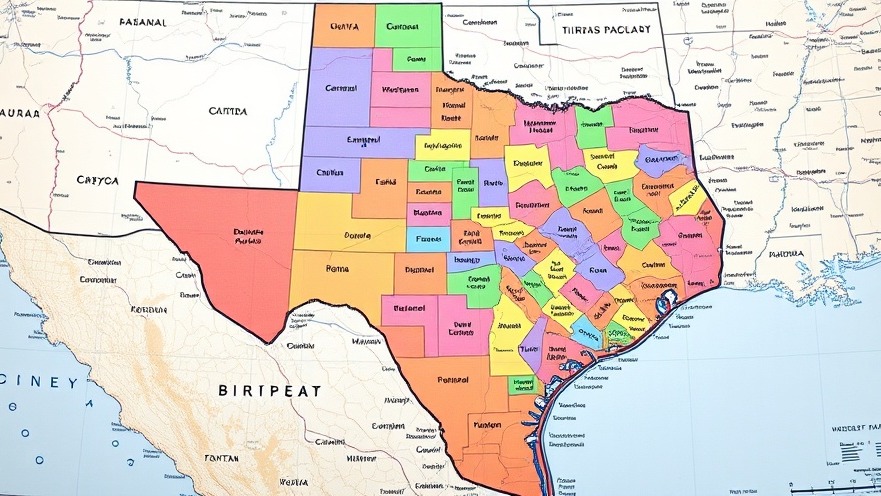
Tensions Rise as Texas House Moves Forward with Redistricting
The Texas House has recently approved a controversial mid-decade congressional redistricting plan, sparking a wave of mixed responses across the political spectrum. This unexpected move comes just a few years after the state’s last redistricting effort following the 2020 Census, leading many to question the motivations behind this swift action.
Understanding the Redistricting Implications
Redistricting, the process of redrawing political district boundaries, is a vital aspect of the democratic system meant to reflect population changes. Typically taking place every ten years after the census, mid-decade redistricting can shift political power significantly. For Texas, this means that the newly drawn maps could favor one party over another, altering the balance of representation in Congress.
The Impact on Local Communities
For residents in Dallas, Frisco, and surrounding areas, the ramifications of this redistricting are significant. Some fear that their communities might be split, impacting local representation and funding for essential services. In Frisco, for instance, residents worry that changing district maps might dilute their voice in Congress, as their interests could become overlooked in broader, more politically advantageous districts.
Political Reactions: A Divided Scene
Responses to the plan have ranged from staunch support to vehement opposition. Supporters argue that the changes are necessary to reflect population growth, particularly in urban areas that have surged over recent years. Critics, however, view the redistricting as a blatant attempt to entrench power, warning of potential gerrymandering influences that could skew future elections.
Historical Context: Redistricting in Texas
Texas has a storied history with redistricting disputes, often marred by accusations of manipulation and unfair practices. Notably, in 2011, Texas faced backlash for its redistricting decisions, which were challenged in courts for disenfranchising minority voters. With the current plan, echoes of the past raise concerns about whether lessons from history have truly been learned.
Future Predictions: What Lies Ahead?
Experts predict that this redistricting plan will shape Texas politics leading into the 2024 elections and beyond. As demographics continue to evolve, the potential for shifts in political power could dramatically alter Texas' standing in Congress. Stakeholders at all levels must prepare for the implications of these changes, fostering dialogue among their communities.
Call to Action: Engage in the Discussion
For those interested in the political landscape of Texas, it is essential to stay informed and involved. Attend local meetings, engage with community leaders, and voice your concerns regarding the impact of redistricting on your community. Understanding these changes is crucial for participating effectively in the democratic process.
Conclusion: The Ongoing Debate
The approval of the mid-decade congressional redistricting plan by the Texas House ignites a critical conversation about representation and political power. As residents navigate these changes, it is vital to remain vigilant and proactive in ensuring that all voices are heard in the ongoing debate over the future of Texas politics.
 Add Element
Add Element  Add Row
Add Row 



Write A Comment